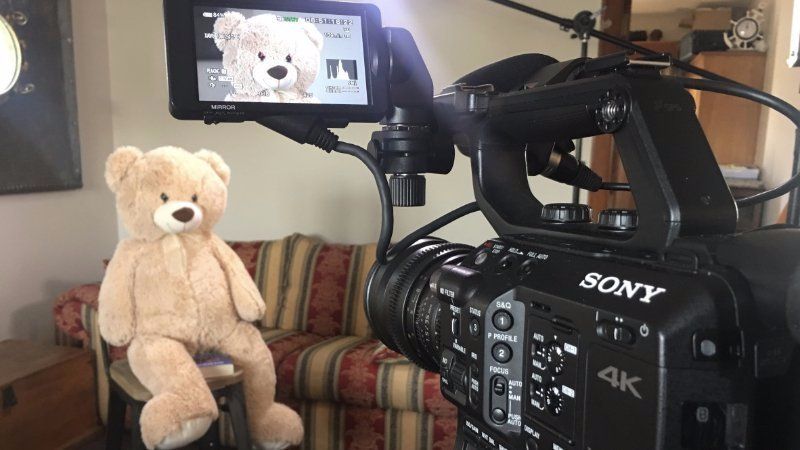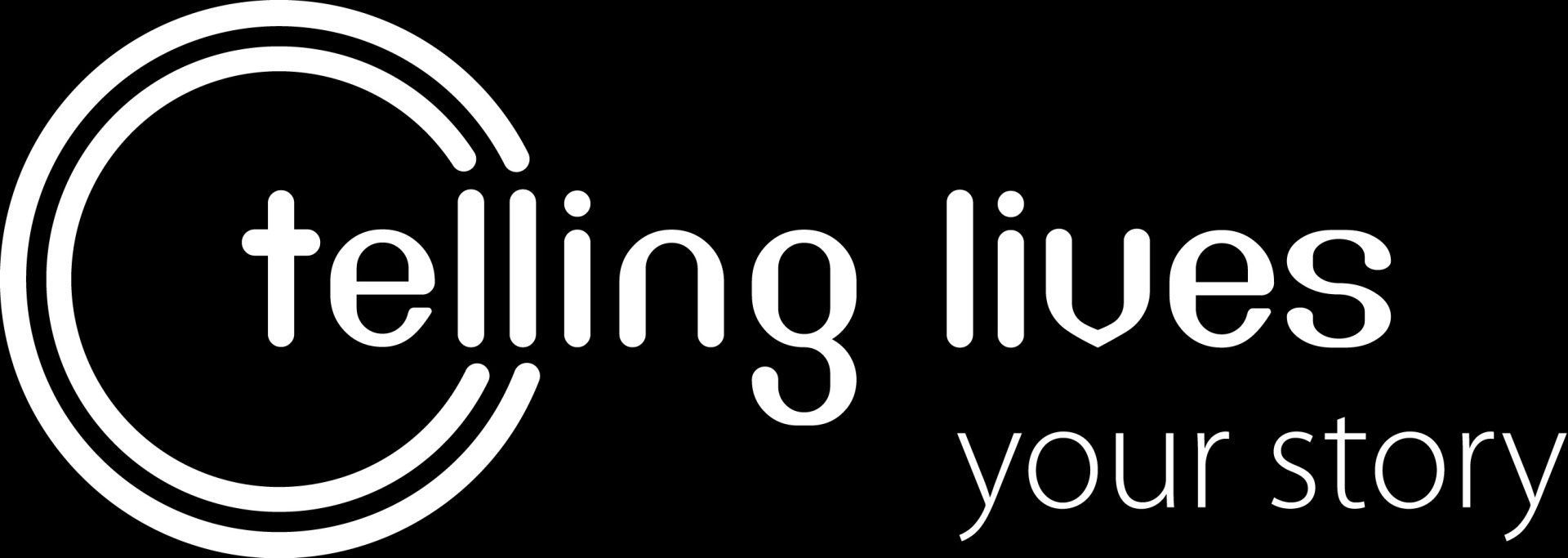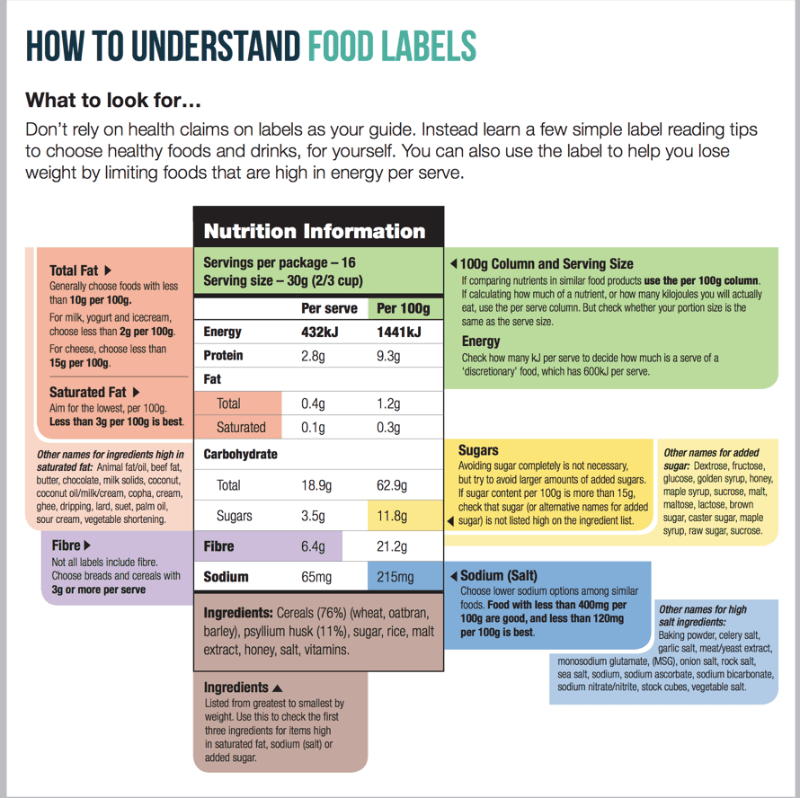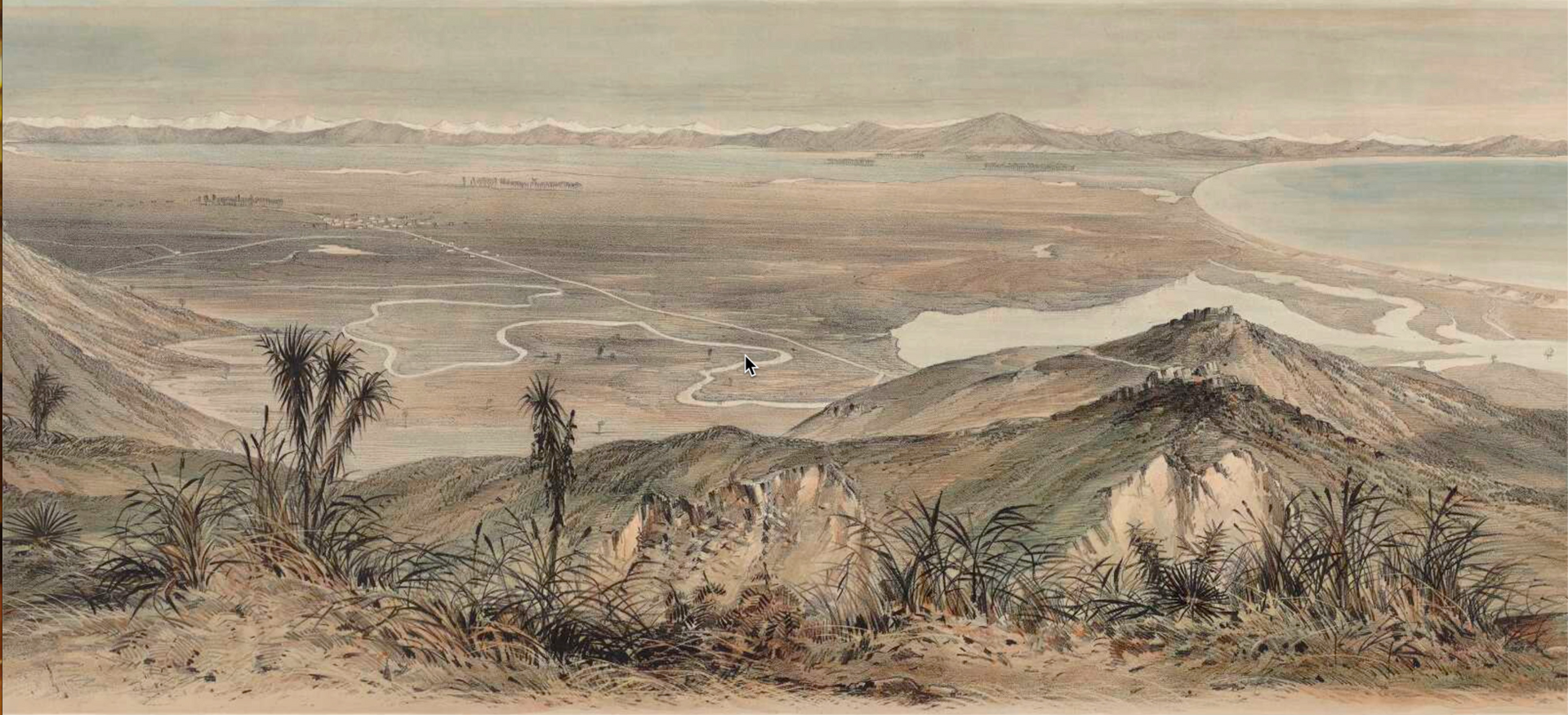A Trust Rating for Online News
November 25, 2016
Consuming news with confidence

Clarity around who controls coverage and who pays the bills would certainly help. But it’s also about providing context so the public can identify any potential bias and weigh the information accordingly. Fake news has no place masquerading as fact, satire provides no excuse for lies that manipulate or mislead. It's a cop out to blame people for being gullible, as human beings we survive on trust, some of us just happen to be more distrustful than others.
We need a system that can identify the contaminates that might poison our news judgement, we demand safety declarations about what's in the food we eat so why shouldn’t we demand the same assurances for the news we consume? Perhaps some form of electronic labelling where anyone claiming to produce factual 'news' content would make a declaration regarding the type of information being provided. Does it claim to be factual news, advocacy news, brand news, satire or fiction.
In today’s 24/7 social media news cycle, traditional media simply can't get the news coverage it needs without relying on other sources like citizen journalists and social media. But with limited resources, newsrooms can only run cursory checks when vetting coverage. As we’ve seen with manufactured news stories, a fragile truth can so easily be overwhelmed by a determined lie.
This from an article written for the New Yorker by David Remnick.
The new media ecosystem “means everything is true and nothing is true,” Obama told me later. “An explanation of climate change from a Nobel Prize-winning physicist looks exactly the same on your Facebook page as the denial of climate change by somebody on the Koch brothers’ payroll. And the capacity to disseminate misinformation, wild conspiracy theories, to paint the opposition in wildly negative light without any rebuttal—that has accelerated in ways that much more sharply polarize the electorate and make it very difficult to have a common conversation.”
No one can seriously argue that the integrity and credibility of news content can't be swayed by those determined to control the message. While tactics may differ the outcome is still the same, the manipulation of public perception and opinions. The recent U.S. elections should give everyone pause for thought, not just because of the extraordinary result, but because so many got it so wrong: the politicians, the pollsters, the media. There is in my view a growing disconnect that extends beyond politics to who can be trusted and who can’t – sadly journalism is no longer appears to be trusted profession.
Sensation and trivialisation, are partly to blame for a loss of trust or respect, but the bigger problem is a fragmented media, that blurs news reporters and bloggers, opinion with fact, fiction with reality – it’s time for greater transparency to help consumers validate the credibility of the content they’re watching.
I'm no 'techspert', but if we can rate darn near everything with a pulse on social media via analytics, I'm confident the backroom coder types can use their algorithms to come up with a credibility or trust rating for news. A) High trust - based on verified news provider feeds B) Trust - news based on multiple sources and labelling declaration c) Credible - news from a labelled supplier declaring facts/ potential bias D) Check the facts - No labelling or declaration, single source, not a verified news provider, caution check for supporting evidence.
I'd label this blog a c) contents include: comment, fact and cross referencing to other sources.

A sponsored story explaining how water cremation or alkaline hydrolysis works, providing a clear picture of the process and the basic science behind it. New Zealand's first Water Cremation service was opened in 2025 beginning a new era in funeral practices in Aotearoa. This story gives the background.


